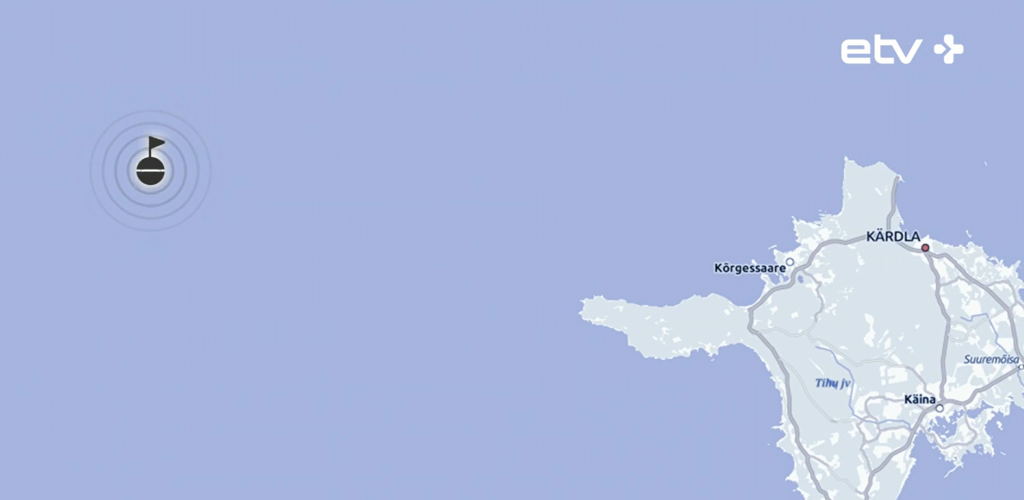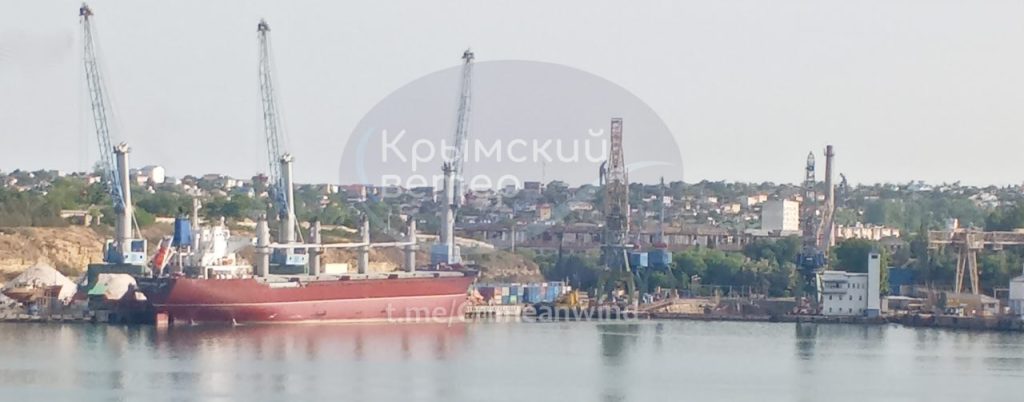Russians stole Estonia’s buoy in the Baltic Sea, TalTech scientists say

Estonian scientists say Russian Navy has stolen a wave-measuring buoy in the Baltic Sea.
The Russian Navy has stolen a wave-measuring buoy from the Institute of Marine Systems and transported it to Kaliningrad, Estonian scientists claim, ERR reports.
The buoy was in Estonia’s exclusive economic zone in the Baltic Sea. There were no Estonian Navy ships nearby at the time of the incident, and a Latvian warship arrived after the buoy had disappeared. The head of the Estonian Navy doubts that Russia’s actions were a test of the Baltic states’ reaction, and suggests that the Russians may have mistaken the 50-centimeter buoy for a navigational threat.
The buoy, developed by the Institute of Marine Systems at Tallinn University of Technology (TalTech), is designed to measure wave parameters. Similar equipment is also used in other regions, such as the Arctic, Norway and Finland.
“The buoy was located approximately 50 kilometers from Hiiumaa, in the Estonian economic zone. These are not territorial waters, but Estonia has the right to carry out various activities there,” says Rivo Uybopin, director of the Institute of Marine Systems.
The Institute of Marine Systems analyzed the incident. From April 26 to 28, the buoy’s movement did not correspond to natural conditions. The institute appealed to the Estonian Navy’s Maritime Operations Center with a request to involve a Latvian warship that was nearby.
“Our own ships were not in the area at that time. The Latvian fleet did not detect the buoy. However, with its help, it was possible to compare the buoy’s movement with the movement of Russian warships in the area,” explained Estonian Navy Commander Ivo Värk.
The Institute representatives also established that two ships with AIS disabled were nearby.
“These were Buyan-M class corvettes. The ships had been in the area for several weeks. It was a routine patrol,” said Ivo Värk.
The Navy reported that there was no contact with the Latvian side. In fact, the Latvian ship arrived at the location when the buoy was no longer there. At that time, it was off the coast of Kaliningrad, and then it ended up at the Baltic Fleet headquarters in Kaliningrad.
“We received a GPS signal. On the map, you can see how the buoy is moving towards Kaliningrad: first to the port, then to the military unit,” said Rivo Uybopin.
The institute reported this to the Estonian Navy, which confirmed receipt of the information.
According to the commander of the Estonian Navy, if for some reason the navigation warning did not appear on the maps, then the Russians could not have information about the presence of the measuring buoy: “And any object that is not marked on the nautical chart is a navigation hazard.”
Uybopin says that the buoy was properly registered in Department of Transport and was doing his usual work. He added that Estonian scientists have 10 more such buoys in coastal waters and the open sea.
Recall that a year ago, Russian border guards removed 24 buoys installed in Estonian waters to mark the fairway. This behavior of Russian border guards alarmed European diplomats.





